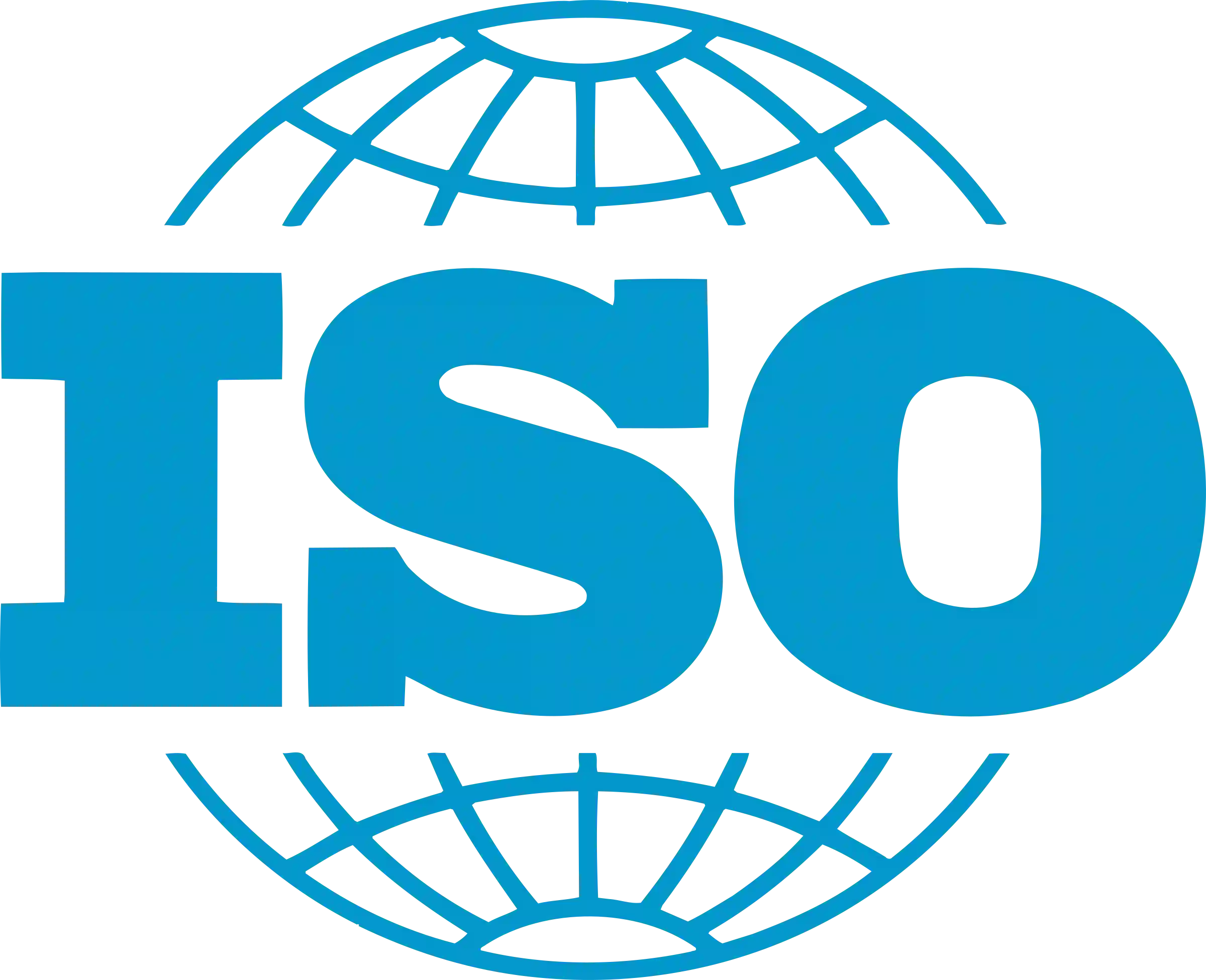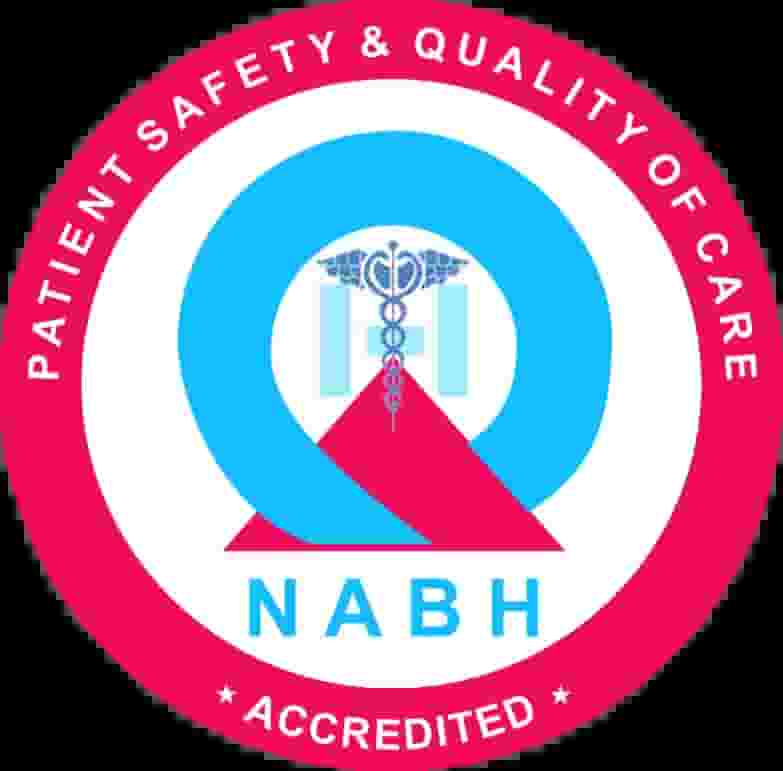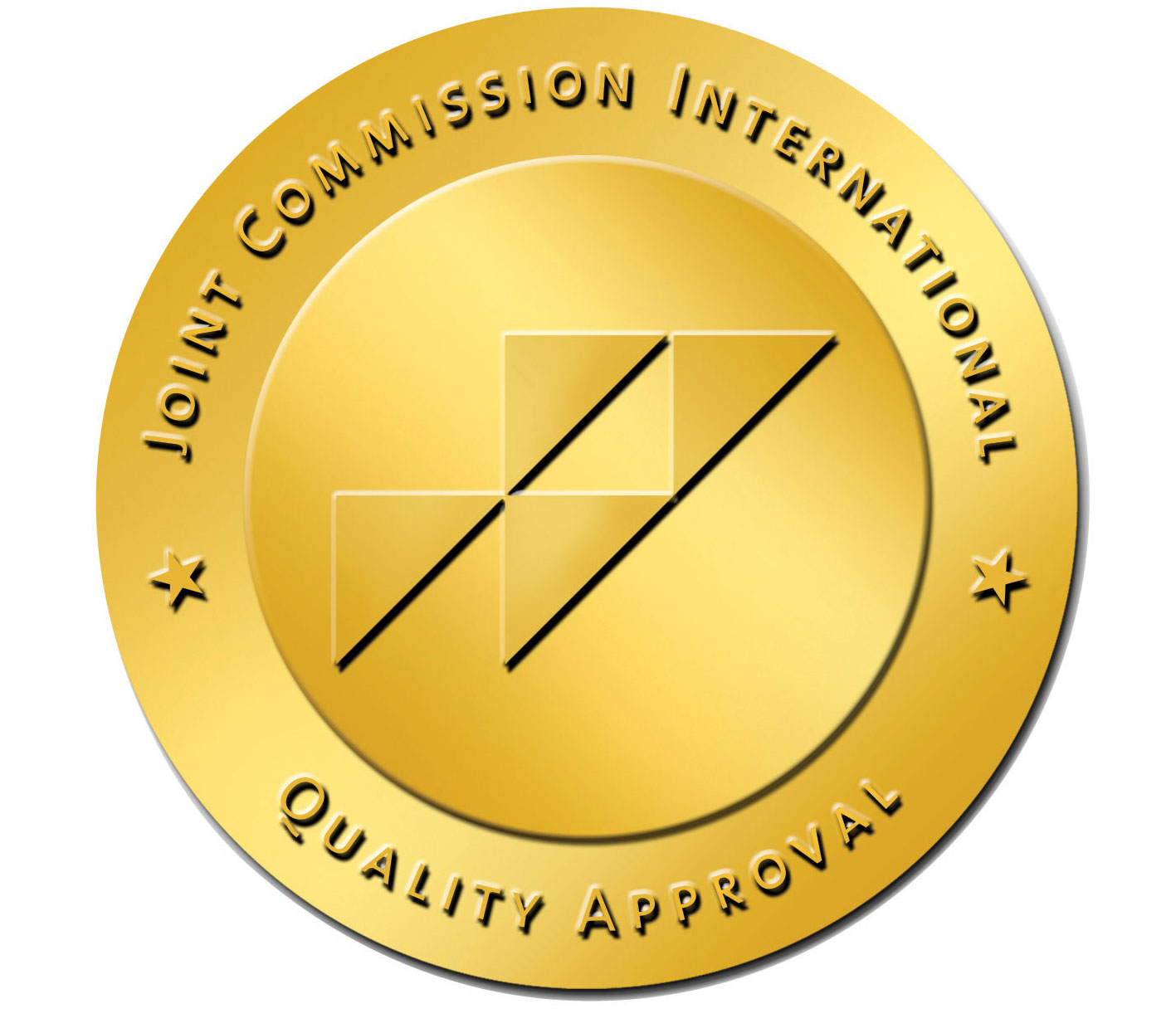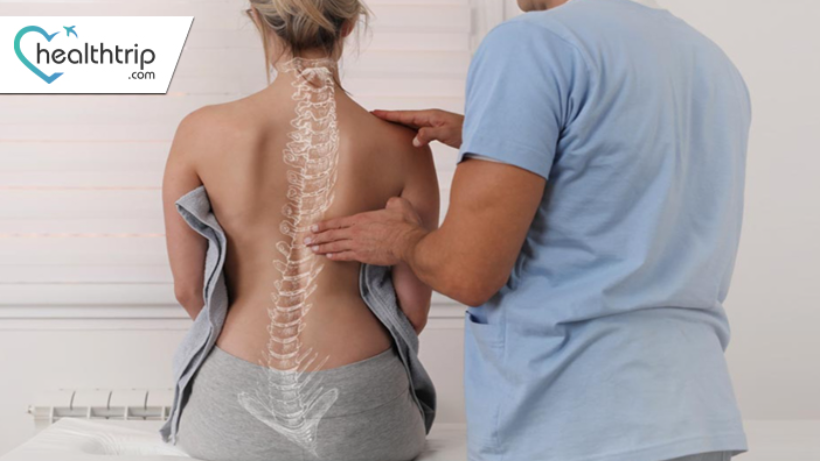
Scoliosis: Anatomy, diagnosis & living with the curve
09 Aug, 2023
Scoliosis, a condition that manifests as a sideways curvature of the spine, is more than just a physical ailment; it's a journey that intertwines medical challenges with emotional resilience. While its presence is often subtle in its early stages, its potential impact on an individual's health and well-being can be profound. As we delve deeper into understanding scoliosis, the significance of early detection, community awareness, and comprehensive support becomes evident, highlighting the need for a holistic approach to managing and treating this condition.
Transform Your Beauty, Boost Your Confidence
Find the right cosmetic procedure for your needs.

We specialize in a wide range of cosmetic procedures
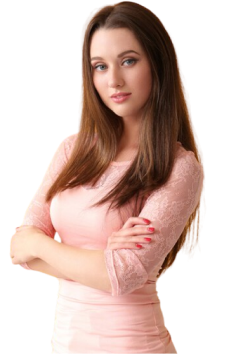
What is Scoliosis ?
Scoliosis is a medical condition in which a person's spine has a sideways curve. The curve is usually "S"- or "C"-shaped. In most cases, the cause of scoliosis is unknown, making it termed as "idiopathic." It typically presents during the growth spurt just before puberty.
Brief Overview of the Condition: While scoliosis can be caused by conditions such as cerebral palsy and muscular dystrophy, the primary reason for most scoliosis remains unknown. Most cases are mild, but some children develop spine deformities that continue to get more severe as they grow. Severe scoliosis can be disabling. An especially severe spinal curve can reduce the amount of space within the chest, making it difficult for the lungs to function properly.
Anatomy and Physiology
Structure of the Spine: The human spine, or vertebral column, is a complex structure made up of 33 individual bones known as vertebrae. These vertebrae are categorized into different regions:
- Cervical (neck) region: 7 vertebrae
- Thoracic (mid-back) region: 12 vertebrae
- Lumbar (lower back) region: 5 vertebrae
- Sacral region: 5 fused vertebrae
- Coccyx (tailbone): 4 fused vertebrae
The spine serves multiple purposes, including protecting the spinal cord, supporting the head and body, and allowing for a wide range of motion in multiple directions.
Most popular procedures in
Total Hip Replacemen
Upto 80% off
90% Rated
Satisfactory
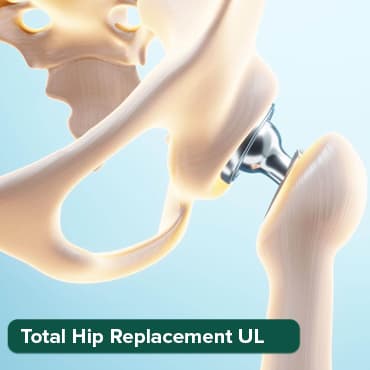
Total Hip Replacemen
Upto 80% off
90% Rated
Satisfactory
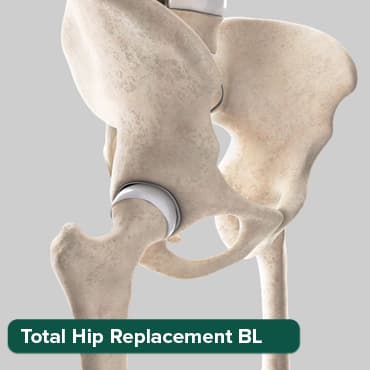
Breast Cancer Surger
Upto 80% off
90% Rated
Satisfactory
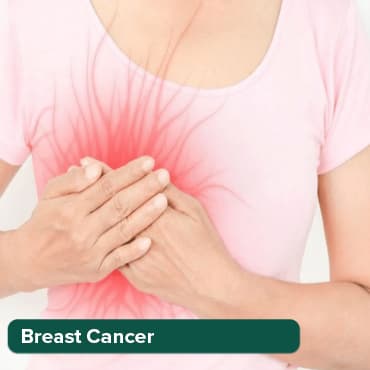
Total Knee Replaceme
Upto 80% off
90% Rated
Satisfactory
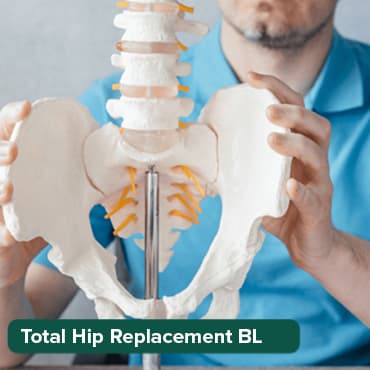
Total Knee Replaceme
Upto 80% off
90% Rated
Satisfactory
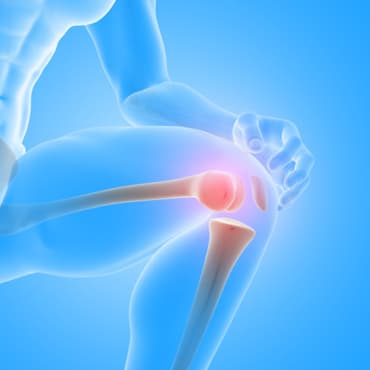
Normal Spinal Curvature vs. Scoliotic Curvature:
A healthy spine, when viewed from the side, has gentle curves. The cervical and lumbar regions have a concave curve (curving inwards), while the thoracic region has a convex curve (curving outwards). These curves help the spine absorb shock and align the head over the pelvis.
When viewed from the back, a normal spine runs straight down the middle of the back. In someone with scoliosis, however, the spine deviates from this midline alignment, curving to the side. The degree of curvature can vary widely among individuals. Some may have a very mild, almost imperceptible curve, while others can have a pronounced curve that is easily noticeable and may lead to physical deformity and other health complications.
Types of Scoliosis
A. Idiopathic Scoliosis: The term "idiopathic" means "of unknown cause." Idiopathic scoliosis is the most common type, accounting for about 80% of all scoliosis cases. It's categorized based on the age of onset:
- Infantile Idiopathic Scoliosis: This type occurs in children aged 0-3 years. It's relatively rare and more common in boys than girls. The curve might improve on its own in some cases, but others might need treatment to prevent the curve from worsening.
- Juvenile Idiopathic Scoliosis: This affects children aged 3-10 years. It's less common than adolescent idiopathic scoliosis but can be more aggressive, meaning the curve might worsen rapidly.
- Adolescent Idiopathic Scoliosis: This is the most common type of idiopathic scoliosis, affecting children aged 10 until they stop growing. Girls are more likely to have this type than boys. The risk of the curve worsening is highest during the growth spurt just before puberty.
- Adult Idiopathic Scoliosis: This refers to individuals who either had adolescent idiopathic scoliosis that progresses into adulthood or those who begin to show symptoms only in adulthood. Adult scoliosis can be due to the progression of an untreated curve from childhood or can arise de novo (newly developed) due to degenerative changes in the spine.
B. Congenital Scoliosis:
This type of scoliosis is present at birth and is caused by a bone abnormality. It occurs when the vertebrae don't form properly during fetal development. This can result in one or more vertebrae being misshapen, causing the spine to curve. The severity and location of the malformations determine the characteristics of the curve. Treatment decisions are based on the type and location of the vertebral malformations and the age at which they are diagnosed.
C. Neuromuscular Scoliosis:
Neuromuscular scoliosis is caused by disorders of the nervous system or muscles. Conditions like cerebral palsy, spina bifida, muscular dystrophy, or spinal cord injuries can lead to this type of scoliosis. The spine curves because the muscles surrounding it cannot maintain proper alignment due to the underlying condition. This type of scoliosis tends to progress more rapidly and often requires surgical intervention.
D. Degenerative Scoliosis:
Also known as adult onset scoliosis, degenerative scoliosis occurs in older adults. It's caused by the degeneration of the discs that separate the vertebrae and the joints that link them. As these discs and joints deteriorate, they can lead to an imbalance in the spine, causing it to curve. This type of scoliosis can be accompanied by pain, as the degenerative changes can lead to spinal stenosis and nerve compression. Factors like osteoporosis can also contribute to the development and progression of degenerative scoliosis.
Causes and Risk Factors
Understanding the causes and risk factors of scoliosis can help in early detection and management. While the exact cause of idiopathic scoliosis remains unknown, several factors can increase the risk of developing or exacerbating the condition.
1. Genetic Factors:
- Heredity: Scoliosis tends to run in families. Individuals with a family history of the condition are at a higher risk of developing it. Specific genes associated with scoliosis have been identified, suggesting a genetic predisposition.
- Genetic Syndromes: Some genetic disorders, such as Marfan syndrome and Down syndrome, have scoliosis as one of their associated conditions.
2. Birth Defects Affecting the Spine:
- Congenital Scoliosis: As mentioned earlier, this form of scoliosis arises due to malformations of the spine during fetal development. These malformations can be due to genetic mutations or environmental factors during pregnancy.
- Other Birth Defects: Conditions like spina bifida, where there's a defect in the development of the spinal cord or its coverings, can also lead to scoliosis.
3. Injuries or Infections of the Spine:
- Trauma: Injuries resulting from accidents or falls that impact the spine can lead to curvature if the vertebrae are damaged or if there's misalignment during the healing process.
- Infections: Infections that affect the spine, especially during childhood when the bones are still developing, can alter the structure of the vertebrae, leading to scoliosis.
4. Conditions like Cerebral Palsy and Muscular Dystrophy:
- Neuromuscular Conditions: These are disorders that affect the nerves and muscles. When the muscles supporting the spine are weak or imbalanced due to these conditions, it can lead to neuromuscular scoliosis.
- Cerebral Palsy: A group of disorders affecting movement and muscle tone, often caused by damage to the brain before or at birth. Many individuals with cerebral palsy have muscle imbalances that can lead to scoliosis.
- Muscular Dystrophy: This is a group of genetic diseases that cause progressive weakness and loss of muscle mass. As the muscles weaken, they can't support the spine properly, leading to curvature.
Other Risk Factors:
- Age: The onset of idiopathic scoliosis typically occurs just before puberty during the growth spurt.
- Gender: While both boys and girls can develop mild scoliosis at about the same rate, girls have a much higher risk of the curve worsening and requiring treatment.
- Overall Health and Nutritional Status: Poor general health or nutritional deficiencies during the growth years can potentially contribute to the development or progression of scoliosis.
In conclusion, while some causes and risk factors of scoliosis are clear, others remain under investigation. Regular check-ups during the growth years, especially for those at higher risk, can help in early detection and management of the condition.
Symptoms and Signs
Scoliosis often develops subtly and can be easy to overlook, especially in its early stages. However, as the curvature progresses, various physical and symptomatic changes can become more evident. Recognizing these signs and symptoms is crucial for early intervention and effective management.
1. Uneven Shoulders or Waist:
- One shoulder may appear higher than the other, or one shoulder blade may be more prominent.
- When the person stands straight, there might be an evident tilt to one side, making the waist appear uneven. One side may seem more compressed or flattened compared to the other.
2. One Hip Higher Than the Other:
- This is a common sign, especially in lumbar or thoracolumbar scoliosis. The imbalance in the spine can cause one hip to elevate, leading to an asymmetrical appearance. This can also affect the person's gait or the way they walk.
- In severe cases, this can lead to functional leg length discrepancy, where one leg appears shorter due to the pelvic tilt, even though the actual bone lengths are the same.
3. Prominent Ribs on One Side:
- Often referred to as a "rib hump," this is a noticeable sign during a forward-bending test. As the spine curves, it can cause the ribs on one side to protrude more than on the other side.
- This is especially evident in thoracic scoliosis, where the curve affects the ribcage.
4. Back Pain or Discomfort:
- While many individuals with scoliosis do not experience pain, it can be a symptom, especially in adult or degenerative scoliosis.
- The pain might be due to muscle imbalances, added stress on certain parts of the back, or other spinal conditions that can coexist with scoliosis, such as disc degeneration or spinal stenosis.
5. Fatigue in the Spine After Sitting or Standing:
- Due to the curvature and the muscle imbalances it can cause, individuals with scoliosis might feel fatigue or aching in the back after prolonged periods of sitting or standing.
- This fatigue is a result of the muscles working harder to maintain an upright posture, and the spine itself being under uneven pressure.
6. Other Potential Signs and Symptoms:
- Difficulty breathing in severe cases, due to the ribcage compressing the lungs.
- Changes in posture, such as leaning to one side.
- Appearance of a hump on the back.
- Feeling of imbalance, especially when standing without support.
It's essential to note that many of these symptoms can vary in intensity and might not always indicate scoliosis. However, if someone notices multiple signs or has concerns about their posture or spine's alignment, it's advisable to seek a medical evaluation. Early detection can lead to more effective treatment options and better outcomes.
Diagnosis
Diagnosing scoliosis involves a combination of clinical assessments and imaging techniques to determine the presence, severity, and type of spinal curvature. Here's a detailed breakdown:
1. Physical Examination:
- Posture Check: The initial step often involves observing the individual's posture. Uneven shoulder height, a prominent shoulder blade, or an uneven waistline can be indicative signs.
- Neurological Examination: To check for any signs of nerve disturbances, the doctor might test reflexes, muscle strength, and areas of numbness.
2. Adam's Forward Bend Test:
- Procedure: The individual stands and bends forward from the waist, with arms hanging and palms joined. This position allows the examiner to view the spine from the side and check for any rotational deformity or hump in the rib or lumbar areas.
- Significance: A rib hump or a lumbar bulge during this test can be a sign of scoliosis, indicating a rotational deformity of the spine.
3. Radiographic Evaluation (X-rays):
- Procedure: Standard posterior-anterior and lateral X-rays of the spine provide a clear image of the vertebral alignment.
- Cobb Angle Measurement: Using the X-ray, the angle of the spinal curve (Cobb angle) is measured to determine the severity of the scoliosis. This measurement is crucial for treatment decisions and to monitor the progression of the curve over time.
4. MRI or CT Scans for Detailed Views:
- When Used: While X-rays are the primary diagnostic tool for scoliosis, MRI (Magnetic Resonance Imaging) or CT (Computed Tomography) scans might be ordered if there's a need to see the spine in more detail, especially the spinal cord and nerves.
- Significance: These scans can help identify any underlying conditions or anomalies, such as tumors, infections, or congenital malformations, that might be causing or contributing to the scoliotic curve.
In conclusion, a thorough diagnostic process ensures not only the identification of scoliosis but also provides insights into its severity, potential causes, and the best course of treatment.
Treatment Options for Scoliosis
The treatment for scoliosis is determined by the severity of the curve, the type of scoliosis, the patient's age, and the potential for progression. Here's a detailed look at the various treatment options available:
1. Observation and Regular Check-ups:
- For Mild Curves: In cases where the curve is less than 20 degrees, and especially if the patient is nearing skeletal maturity, the recommended approach is often observation. This involves regular check-ups, typically every 6 to 12 months, to monitor the curve and ensure it's not progressing.
- X-rays: Periodic X-rays might be taken to measure any changes in the curvature of the spine.
2. Physical Therapy and Exercises:
- Goal: To improve posture, spinal alignment, and muscle strength. Physical therapy doesn't necessarily stop the progression of the curve but can help manage symptoms and improve function.
- Schroth Method: A specialized form of physical therapy developed specifically for scoliosis. It involves exercises tailored to the individual's curve patterns and deformities.
3. Bracing:
- For Moderate Curves: Bracing is typically recommended for curves that are between 20 and 40 degrees in patients who are still growing. The goal is to prevent the curve from getting worse and to avoid surgery.
Types of Braces:
- Thoracolumbosacral Orthosis (TLSO): A modern brace made of plastic that fits snugly around the torso, typically under the arms and around the rib cage, lower back, and hips.
- Milwaukee Brace: A full-torso brace that extends from the neck to the hips with a neck ring. It's less commonly used today due to the development of more modern braces.
4. Duration and Purpose of Bracing:
- Wearing Time: Depending on the severity of the curve and the type of brace, it might be recommended to wear the brace for 16-23 hours a day. The more the brace is worn, the more effective it tends to be.
- Monitoring: Regular check-ups will be needed to adjust the brace as the child grows and to ensure it's fitting correctly.
- Duration: Bracing is typically continued until the child reaches skeletal maturity and stops growing.
5. Surgical Interventions: In cases where the curve is severe (typically greater than 45-50 degrees) or rapidly progressing, surgery might be recommended.
- Spinal Fusion: The most common surgical procedure for scoliosis. It involves joining together (fusing) the vertebrae so they heal into a single, solid bone. Rods, screws, and bone grafts are used to hold the spine straight while it fuses.
- Growing Rods: Used in young children who are still growing. These rods are attached to the spine above and below the curve and are lengthened during follow-up surgeries to accommodate the child's growth.
- Vertebral Body Tethering: A newer, less invasive procedure that involves attaching a cord to the vertebrae. Over time, this cord is tightened, which can help straighten the spine. It's an option for certain types of curves and is often used in patients who are still growing.
The choice of treatment should be a collaborative decision between the patient, family, and medical team. Factors like age, severity of the curve, and overall health will play a role in determining the best approach.
Complications of Scoliosis
Scoliosis, especially when severe or left untreated, can lead to various complications. These complications can range from physical health issues to psychological challenges. Here's a detailed look at the potential complications associated with scoliosis:
1. Respiratory Issues Due to Rib Cage Deformity:
- Restrictive Lung Disease: Severe thoracic curves can lead to a reduced volume inside the rib cage, limiting the amount of space available for lung expansion. This can result in decreased lung capacity and efficiency.
- Breathing Difficulties: As the rib cage becomes more deformed, it can compress the lungs, making it harder to breathe. In extreme cases, this can lead to chronic respiratory insufficiency.
- Decreased Oxygen Intake: Reduced lung function can lead to decreased oxygen intake, which can affect overall health and energy levels.
2. Chronic Back Pain in Adulthood:
- Muscle Strain: The muscular imbalances caused by scoliosis can lead to chronic muscle strain and fatigue, especially in the muscles supporting the spine.
- Degenerative Changes: Adults with scoliosis are more prone to developing conditions like spinal stenosis, disc degeneration, and arthritis in the spine, all of which can contribute to chronic back pain.
3. Cardiac Issues in Severe Cases:
- Cardiovascular Compromise: In extremely severe cases, the deformed rib cage can also compress the heart, affecting its function.
- Decreased Cardiac Efficiency: The heart might have to work harder to pump blood, leading to decreased efficiency and potential cardiac symptoms.
4. Physical Appearance Concerns and Self-esteem Issues:
- Visible Deformity: As scoliosis progresses, it can lead to visible changes in posture, such as a hunched back, uneven shoulders, or a tilted pelvis. This can be particularly challenging during adolescence, a time when body image is often a significant concern.
- Psychological Impact: The physical changes and potential limitations in activity can lead to feelings of embarrassment, social withdrawal, and even depression. The psychological impact of scoliosis can sometimes be as challenging, if not more so, than the physical symptoms.
- Quality of Life: Concerns about appearance, coupled with physical discomfort or pain, can affect overall quality of life, including social interactions, participation in activities, and mental well-being.
It's essential to recognize and address these complications early. Regular medical check-ups, supportive therapies, and counseling can help manage the physical and psychological challenges associated with scoliosis.
Living with Scoliosis
Living with scoliosis requires adjustments, both physically and mentally. However, with the right strategies and support, individuals can lead active, fulfilling lives.
1. Daily Life Adaptations:
- Posture Awareness: Being mindful of posture, especially during activities like sitting, can help reduce discomfort. Ergonomic chairs and standing desks can be beneficial.
- Sleeping Habits: A supportive mattress and pillow can help align the spine and reduce discomfort during sleep. Some people with scoliosis find relief using contoured pillows or sleeping on their back.
- Wearing a Brace: For those prescribed a brace, following the recommended hours of wear is crucial. It might require wardrobe adjustments to comfortably and discreetly wear the brace.
2. Exercise and Physical Activity Recommendations:
- Strengthening and Flexibility: Engaging in exercises that promote core strength and spinal flexibility can be beneficial. This includes activities like yoga, Pilates, and swimming.
- Avoid High-Impact Activities: Depending on the severity of scoliosis, high-impact sports might exacerbate pain or discomfort. It's essential to consult with a healthcare provider about suitable activities.
- Regular Physical Therapy: For those with pain or mobility issues, regular physical therapy sessions can help improve function and comfort.
3. Emotional and Psychological Support:
- Counseling: Dealing with a chronic condition can be emotionally taxing. Counseling or therapy can provide coping strategies and emotional support.
- Support Groups: Joining a support group, whether in-person or online, can provide a sense of community and understanding.
- Open Communication: It's essential for individuals with scoliosis to communicate their needs and challenges to friends, family, and educators to receive the necessary support.
Prevention and Screening
While scoliosis can't be entirely prevented, early detection can lead to more effective management and reduced complications.
1. Importance of Early Detection:
- Better Outcomes: Detecting and treating scoliosis during the early stages can lead to better outcomes and reduce the need for invasive treatments.
- Reduced Progression: Early interventions, like bracing, can prevent or slow down the progression of the curve in growing children.
2. School-based Screening Programs:
- Routine Checks: Many schools implement routine scoliosis screenings, typically in middle school when the risk of developing idiopathic scoliosis is highest.
- Adam's Forward Bend Test: A common screening method where students bend forward at the waist, allowing examiners to check for asymmetries in the rib cage or spine.
3. Recommendations for At-risk Populations:
- Family History: Children with a family history of scoliosis should undergo regular check-ups, as they're at a higher risk of developing the condition.
- Associated Conditions: Individuals with conditions like Marfan syndrome, cerebral palsy, or muscular dystrophy should be monitored for scoliosis.
- Regular Pediatric Check-ups: Pediatricians often check for signs of scoliosis during routine visits, ensuring early detection.
While living with scoliosis presents challenges, a proactive approach to management, combined with emotional and psychological support, can lead to a high quality of life. Early detection through regular screening is crucial for effective treatment and reduced complications.
Scoliosis, characterized by a sideways curvature of the spine, impacts many individuals, with effects ranging from mild physical alterations to significant health and emotional challenges. The importance of community awareness and early intervention is paramount, as early detection facilitates a broader range of effective treatments, from non-invasive approaches to surgical solutions. As we prioritize education and timely intervention, we not only improve the medical outcomes for those with scoliosis but also offer them encouragement and support, emphasizing that a fulfilling, active life is entirely within reach despite the condition.
Wellness Treatment
Give yourself the time to relax
Lowest Prices Guaranteed!

Lowest Prices Guaranteed!
